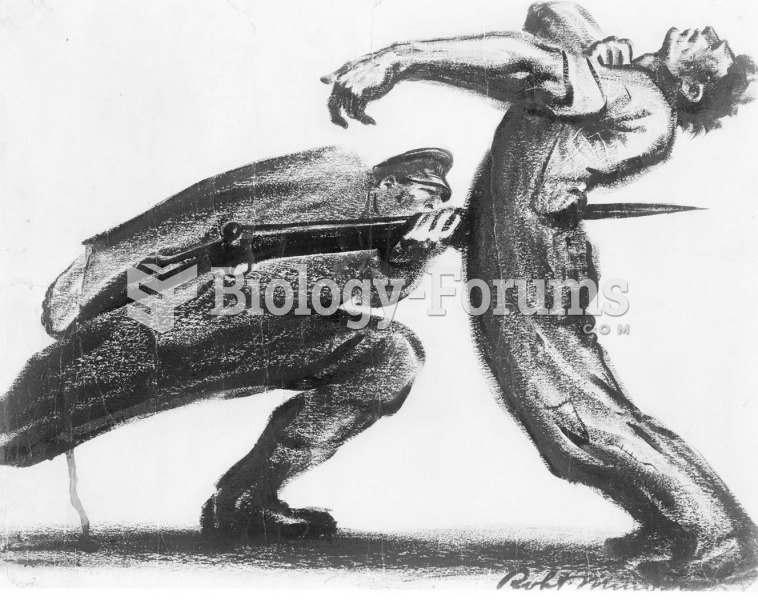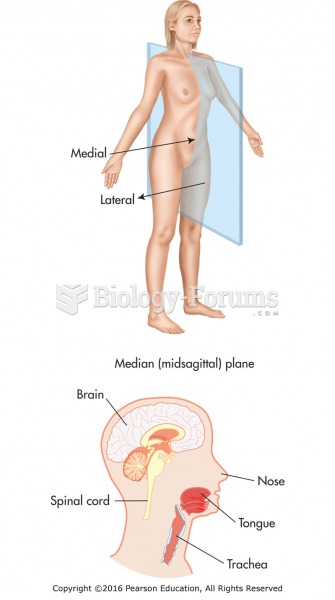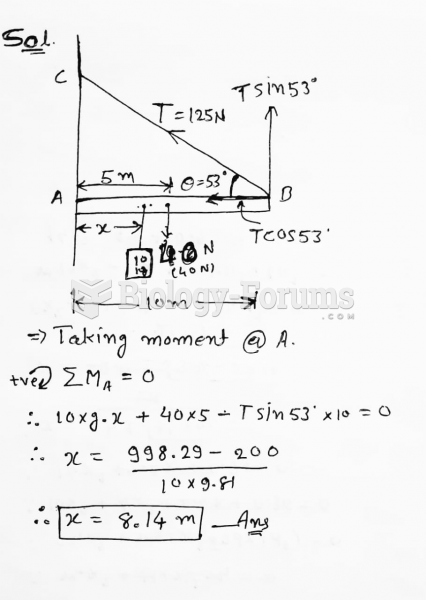This topic contains a solution. Click here to go to the answer
|
|
|
Did you know?
More than 2,500 barbiturates have been synthesized. At the height of their popularity, about 50 were marketed for human use.
Did you know?
According to the FDA, adverse drug events harmed or killed approximately 1,200,000 people in the United States in the year 2015.
Did you know?
Asthma cases in Americans are about 75% higher today than they were in 1980.
Did you know?
The first war in which wide-scale use of anesthetics occurred was the Civil War, and 80% of all wounds were in the extremities.
Did you know?
Your heart beats over 36 million times a year.
 The Masses, a leading Socialist magazine, featured drawings by artists, including John Sloan, as wel
The Masses, a leading Socialist magazine, featured drawings by artists, including John Sloan, as wel
 This depiction breaks stereotypes, but is historically accurate. Shown here is an Iroquois fort. Can ...
This depiction breaks stereotypes, but is historically accurate. Shown here is an Iroquois fort. Can ...





